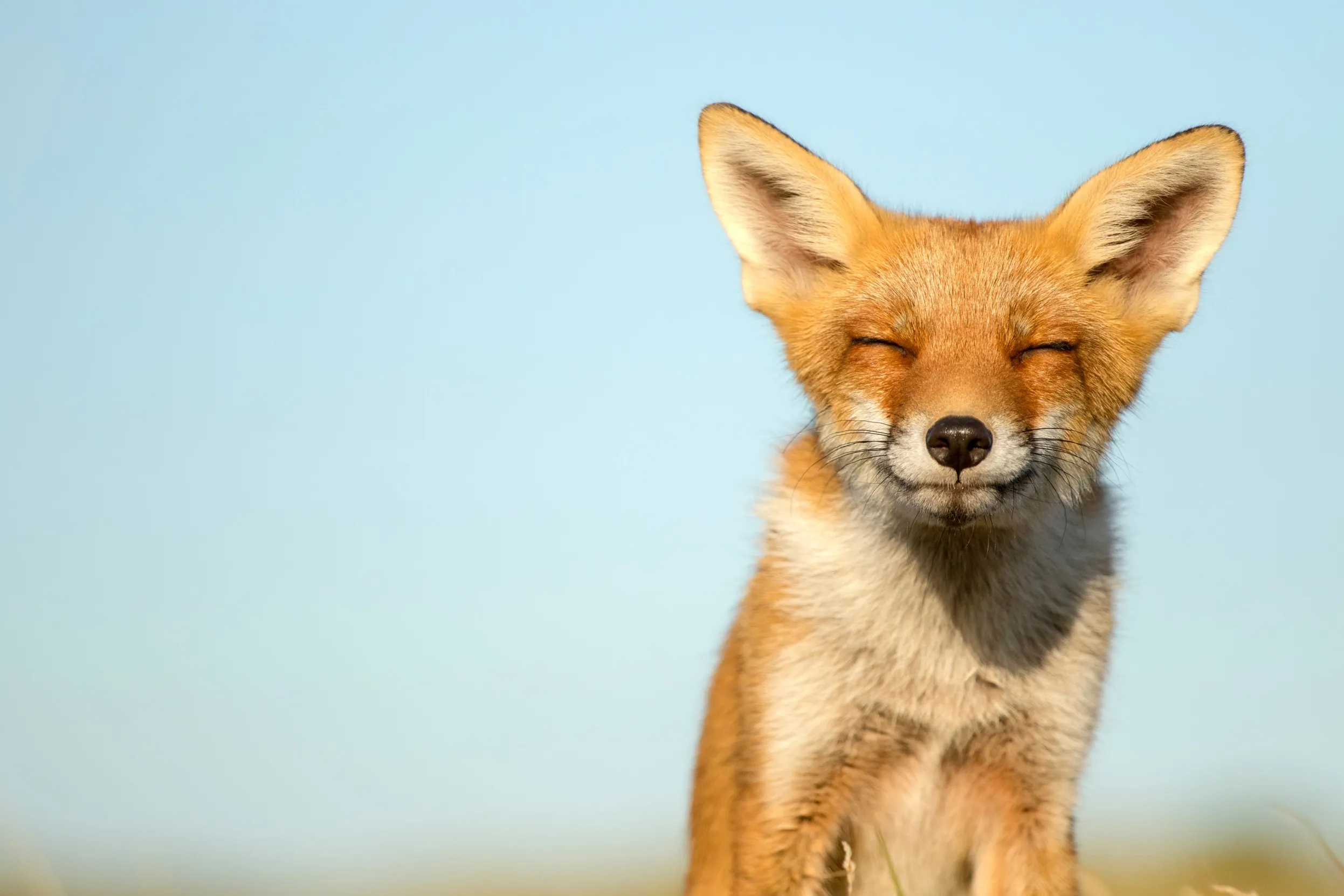
Discover our expert tips
Our expert, Molly Brown, answers some of this month's most commonly asked questions.

Birds can look scruffy in the summer months and typically this is down to moulting. This is a normal process in which birds shed their old feathers and grow new ones. It can happen in stages and can leave birds looking a little scruffy while this happens. It can take up to several weeks for birds to replace some or all of their feathers, but by autumn the bird should have a lovely new set of feathers.
.jpg)
We also get many reports of birds appearing bald at this time of year. A common factor behind this is feather mites. Preening behaviour – in which a bird tidies and cleans its feathers – usually removes any parasites such as mites living on birds. However, during the nesting season adult birds are often busy with nesting, egg-laying and caring for their chicks. This means they have less time to look after themselves and as a result, birds are more likely to have mites. The irritation caused by mites can lead to birds scratching the area quite severely, resulting in an area which is bald, sore or red.
However, if the bird appears to be OK otherwise, then there is no need to be concerned. This is all quite normal, and the feathers will eventually grow back in time. Feather mites are part of the ecosystem and birds are able to cope with them.

Insects are a vital part of the food web and are relied upon by a huge variety of species. They are a primary food source for many of our birds, particularly breeding birds and chicks. As well as having a high nutritional value, insects can also be pollinators.
The plants they pollinate can go on to produce fruit or seeds that are also a crucial food source for birds. So, the more we encourage insects into our gardens, the more natural food there will be available on to our feathered friends!
There are many ways you can improve the insect population of your garden, and the best way is by having a variety of plants. Nature thrives on diversity, with different creatures favouring different types of food and habitats.
Some plants to consider growing are: lavender, marjoram, Verbena bonariensis, hardy geraniums (varieties such as Geranium Rozanne, Geranium x Magnificum, Geranium Sanguineum), honeysuckle and ivy, as well as hawthorn shrubs and native fruit trees such as Crab Apple or cherry trees if you have the space.

Ponds are also a fantastic feature to add to any garden. Not only do they provide water for birds to drink or bathe in, they are also a brilliant way to draw in more insects. Many insects use ponds such as dragonflies, damselflies and water beetles and it can be a great place for insects to lay their eggs. You don’t need lots of space to create a wildlife pond, even a small one made from a large pot, half barrel or large washing up bowl would be beneficial. Make sure you create ramps or use large rocks to allow wildlife to get in and out safely and include native pond plants to get things started.

You could also consider setting up log and leaf piles for the insects that love to break down wood. Leave areas of the garden wild and uncut, and even start a compost heap.
These improvements can really make difference in the available habitat for nearby insects and will be a wonderful boost in natural food for your local birds.

Discover our expert tips
We often get enquiries from supporters who are busy planting flowers or bulbs and have come across a hidden egg in their garden, usually buried in a flowerpot or garden bed. This is normally someone’s meal they’ve saved for later! This behaviour of storing food for a later date is called caching and many species are known to do it.
Although you may typically think of squirrels hiding nuts for the winter, birds can also display this behaviour. Woodpeckers are known for storing nuts or seeds, whilst members of the crow family will also hide fruit, insects, worms, and even human food on occasion. This food is often stored away in trees, under snow or in the ground. Crows and other corvids are very clever and will usually eat this food in a specific order, first eating the food that will spoil the fastest.
Finding eggs buried in a flowerpot in your garden is normally the handiwork of a Fox! The eggs can either be wild bird eggs, such as duck eggs, or domestic species such as chickens. Foxes cache eggs regularly, to have a supply of food available if they are ever faced with a shortage. There’s nothing you need to do; you can just leave the egg where you found it and an animal will make use of it.

I’m a massive nature lover and have been with the RSPB for the past five years as a wildlife advisor. I spend as much time as possible outside, whether that be walks, tending to my allotment or just sitting in my garden listening to birdsong. Getting my daughter interested in wildlife is a major passion of mine and I love talking to teachers or parents about nurturing children’s enthusiasm for the natural world.
.jpg)